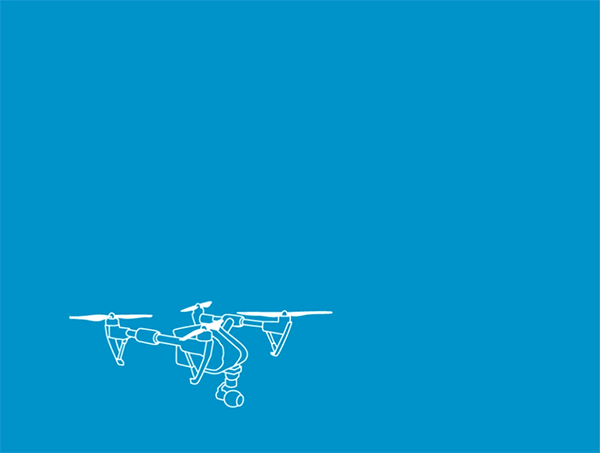Physically Passive Augmented Reality
I’m writing this short post on September 19, 2017 at the heart of the marketing hurricane raised by ARKit and ARCore for mobile phones, but still I hope to be heard :=)
Since 2010, we at Augmented Pixels, Inc. have tested a lot of UI / UX hypotheses in Augmented Reality (from the AR Basketball game, which was featured by Apple, to the furniture store in Augmented Reality (AR), AR Browser and Pokemon Go analogs) and in the end came to one trivial conclusion:
Because Augmented Reality applications usually require physical movements (standing up – bending over – walking and so on), users very quickly stop using them REPEATEDLY if they do not receive either a good dose of endorphin or do not see the HIGHEST utility from the mobile phone application, the use of which requires increased calorie burning (let’s face it, this is a fairly rational behavior in biological terms). Continue reading “Physically Passive Augmented Reality”






